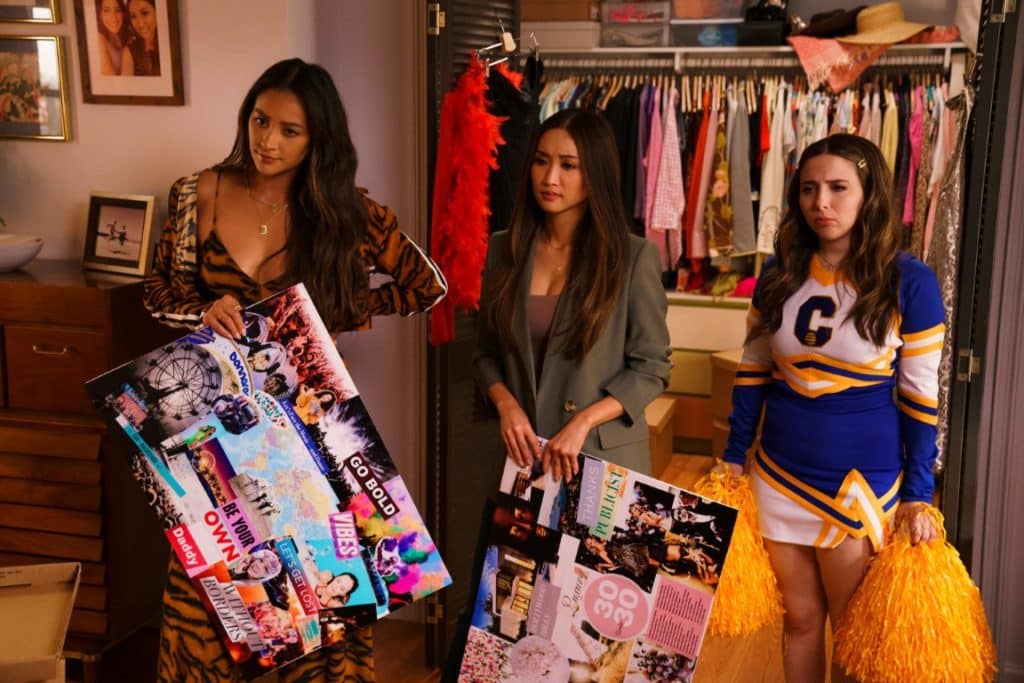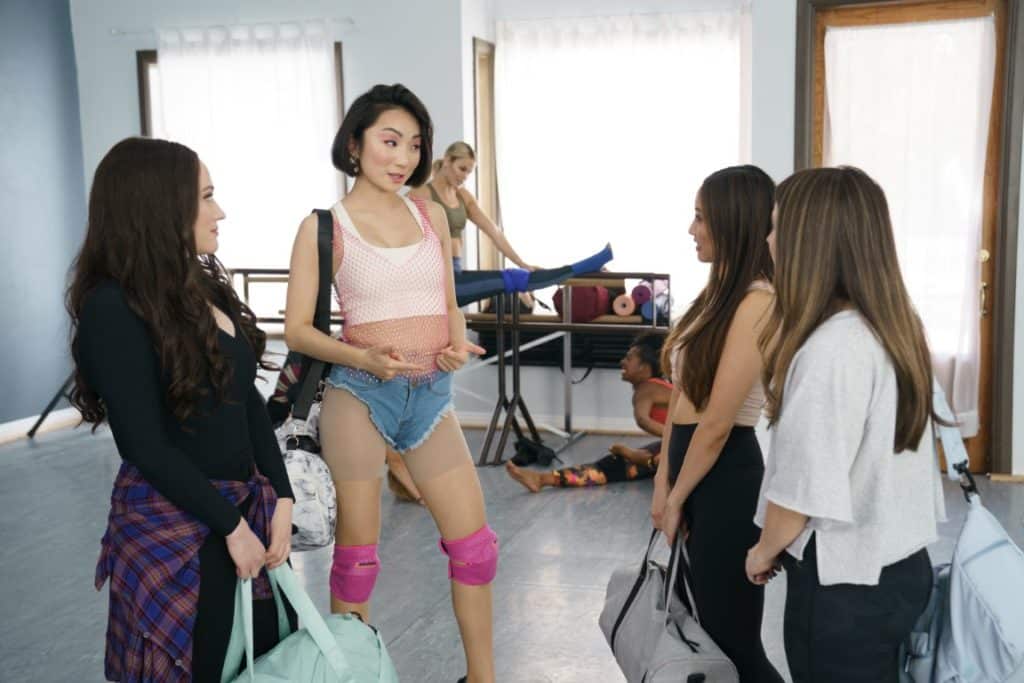Read also:
How to Watch FX Live Without CableHow To Watch AMC Without CableHow to Watch ABC Without CableHow to Watch Paramount Network Without CableThe second season brings growth to its characters while keeping things fluffy, fun, and somewhat feminist.
For many, turning thirty marks the end of your youth. A lot of people believe that you should have yourself figured out and should be on a set path by the time you complete your third decade of life. However, life often doesn’t work like that, and it’s not uncommon for people to “find themselves” well into their thirties or beyond.
In its second season, the Hulu Original comedy Dollface explores the growing pains of those about to hit the big 3-0. While the first season mostly dealt with the joys and tribulations of friendship, new showrunner Michelle Nader sets the show’s focus on the hardships of trying to find who you are and who you want to be. Thankfully, while Dollface is full of characters who are lost, the show is self-assured and just as enjoyable the second time around.
Nader and the show’s creator/EP Jordan Weiss manage to keep their characters consistent while still allowing for growth. Jules (Kat Dennings) has finally gotten over her ex and is fully embracing her female friendships and romantic possibilities. However, while her intrapersonal relationships are thriving, she’s still unsure who she wants to be and is starting to dread the fact that she has no real plans for life as she turns thirty. However, when her boss (Malin Åkerman) offers to make Jules her “right-hand”, she decides to take it.
 Hulu)" class="wp-image-34752"/>
Hulu)" class="wp-image-34752"/>Her friends are similarly moving on with life. Madison (Brenda Song) was laid off due to the pandemic and is trying to make it on her own. Stella (Shay Mitchell) has tried the corporate world but realizing it’s not for her she decides to partner up with bartender Liv (Lilly Singh) to create a bar catering specifically to women. Izzy (Esther Povitsky) enters into a new relationship and is trying to follow in Jules’ footsteps careerwise.
But while the cast has changed somewhat, Dollface’s overall tone is still the same. The show still excels at poking fun at the intricacies of female friendship, social norms, and self-discovery. We still get to enjoy Jules’ fantasy sequences explore her metaphorical mental state. Particular standouts include a classroom presentation on the language of glances between friends and a scene where Jules’ anxiety over the reason for a phone call from her mother transforms into a cringey improv scene.
While the more surreal scenes are creative and funny, they work because of the relationship between Jules and her friends. Dollface has always focused on friendship (it’s the entire onus of the first season), the main ensemble always felt a little mismatched. Each of the main characters’ personalities felt a little too disparate to gel well with each other, and while the cast’s chemistry made their camaraderie believable, I couldn’t imagine this friend group in real life.
The personal may be political, but Dollface works best when it focuses on the personal.
This isn’t the case in this season. Instead, their friendship feels more natural because the girls are given room to expand. Jules starts to venture out of her shell and become more proactive, Madison begins to give up some control, and Stella starts to mature and become more down-to-earth. Izzy is probably the biggest change, with her season one character feeling cartoonishly outlandish, but now she feels more like an insecure woman trying to navigate in a cutthroat world. You can see the characters learning from each other, and their differences now feel more complementary than contradictory.
Accordingly, we get to see the actors grow more nuanced in their roles. Dennings manages to balance Jules’ curmudgeonly tendencies with attempts to become more outgoing, and the result is a charmingly sardonic performance. Song’s portrayal as Madison is also great, and she manages to expertly capture the tightrope act of trying to be happy for a friend whose star is rising while your life isn’t going so great.
However, it’s Mitchell’s Stella and Povitsky’s Izzy that really steal the show. Stella’s character arc of a party girl starting to settle down could have been schmaltzy, but instead, Mitchell manages to keep Stella’s edge while also showing her naturally becoming more domestic. Povitsky takes the aspects of Izzy’s character that was played for laughs (mainly desperation and self-loathing) and creates pathos out of them while still keeping the quirkiness that made her such great comic relief.
 Hulu)" class="wp-image-34753"/>
Hulu)" class="wp-image-34753"/>But while the characters are more realistic, Dollface is still pure escapism. COVID is little more than a footnote at the beginning of the first episode, nary a facemask is to be seen and characters lose their jobs yet still manage to go on extravagant parties and vacations. It’s the kind of optimism that we’ve been missing in the 2020s and I’m happy to see it here.
This optimism also has this season focusing less on the pop-feminism that was dominant in the inaugural season. While there are references to workplace sexism, and “smashing the patriarchy”, it’s mostly dropped after the fourth episode. This is for the better since vaguely leftist platitudes come across as a little hollow coming from women who are friends with billionaires and monarchs. The personal may be political, but Dollface works best when it focuses on the personal.
The themes of aging are also pretty shallow. While we get some anxiety from the characters for not making the “30 under 30” list as well as Jules and Izzy getting guff from Gen-Z underlings, the ennui of turning 30 feels a bit arbitrary. Granted, the use of a birthday gives the season something to build up to, but it seems odd that the inciting incident for the season is barely addressed.
But while Dollface can be superficial at times, it’s deep where it counts, resulting in a season full of heart and laughs. The finale left me wanting to see how the characters will grow in the following seasons. Thankfully, it seems like the showrunners will allow them to.
Dollface season 2 premieres on Hulu February 11th.